Modification to the Minimum Risk Pesticide Listing Program and Other Exemptions under FIFRA
Charles Smith
Acting Director Biopesticide and Pollution Prevention Division
Office of Pesticide Programs
Environmental Protection Agency
1200 Pennsylvania Ave. NW
Washington, DC 20460-0001
Via Regulations.gov
Re: CropLife America and American Seed Trade Association Comments to the U.S. Environmental Protection Agency on Modification to the Minimum Risk Pesticide Listing Program and Other Exemptions under Federal Insecticide, Fungicide, and Rodenticide Act, Docket ID No. EPA-HQ-OPP-2020-0537-0001, 86 Fed. Reg. 18232 (Apr. 8, 2021)
Dear Mr. Smith:
CropLife America (CLA) and the American Seed Trade Association (ASTA) appreciate the opportunity to provide these comments to the U.S. Environmental Protection Agency (EPA or the Agency) in response to the Advanced Notice of Proposed Rulemaking (ANPRM) on Modification to the Minimum Risk Pesticide Listing Program and Other Exemptions under Federal Insecticide, Fungicide, and Rodenticide Act (FIFRA), 7 U.S.C. § 136 et seq.
Established in 1933, CLA is a national, private, not-for-profit trade association representing companies that develop and sell crop protection products for agriculture and pest management in the United States. Founded in 1883, ASTA is a voluntary, not-for-profit trade association representing more than 700 companies that develop, produce, and distribute seeds for use in agriculture in the United States and abroad. CLA’s member companies produce most of the crop protection and pest management products regulated by EPA under FIFRA, including pesticide products approved for use as seed treatments, while ASTA’s members produce much of the agricultural seed used in the United States. CLA and ASTA represent their members’ interests by, among other things, monitoring federal agency actions and related litigation of concern to the crop protection, pest control, and seed industries, respectively, and participating in such actions as appropriate.
EPA issued the ANPRM to solicit information on the current pesticide exemption provision process under FIFRA, including the classes of exemptions found in 40 C.F.R. § 152.25. 86 Fed. Reg. 18232 (Apr. 8, 2021). These comments focus specifically on the exemption for treated articles or substances found in 40 C.F.R. § 152.25(a) (the Treated Article Exemption) as applied to pesticide-treated seed (treated seed).
CLA has extensive experience with the regulatory processes and requirements that apply to seed and to pesticide products approved for use under FIFRA as seed treatments and, together with ASTA, can offer a unique perspective on the value, utility, and implementation of the Treated Article Exemption as applied to treated seed. CLA’s members own EPA registrations for nearly all the seed treatment products on the market today. CLA’s members have invested hundreds of millions of dollars to obtain and maintain registrations authorizing the distribution and sale of seed treatment pesticides and rely on revenues generated by sales of these important products, which serve to provide the high value seed produced by ASTA’s members. CLA’s members participate heavily in EPA’s registration process in bringing new seed treatment pesticides to market. CLA’s members submit voluminous scientific data, comments, and analyses, and regularly meet with EPA to support EPA’s finding that these pesticides and their specific uses as seed treatments meet the legal safety criteria required for pesticide registration.
As outlined more fully below, CLA and ASTA strongly support EPA’s extension of the Treated Article Exemption to treated seed, which is fully consistent with EPA’s authority under FIFRA and thoroughly addresses human health and environmental risks while eliminating duplicative regulation. EPA is soliciting comments to consider whether regulatory and policy changes are necessary to improve the efficiency of the exemption provisions under FIFRA. 86 Fed. Reg. at 18,233. These comments aim to explain how EPA’s current approach to treated articles already preserves and promotes regulatory efficiency, while protecting the environment and human health.
Read the full comments.
